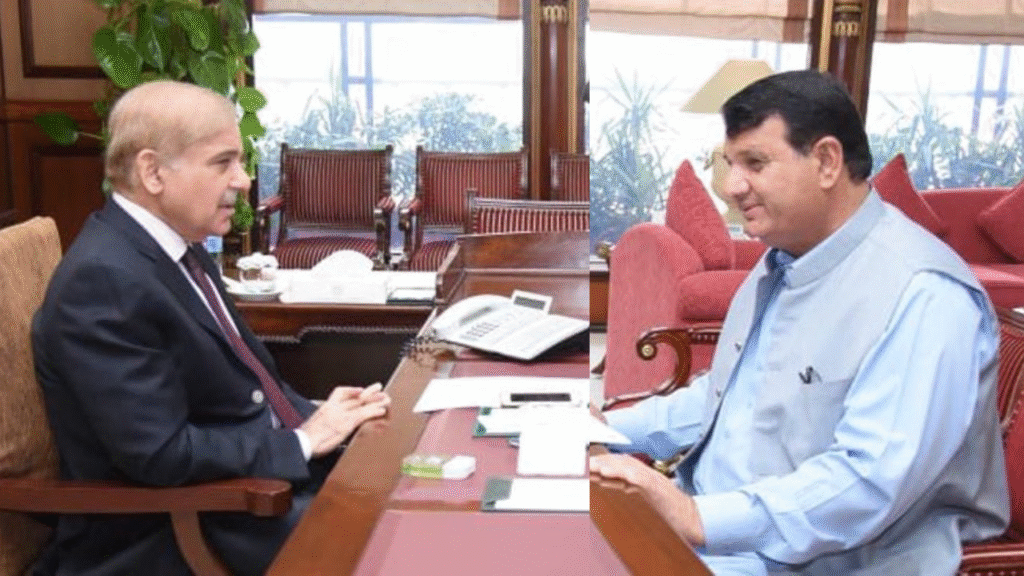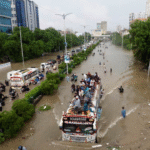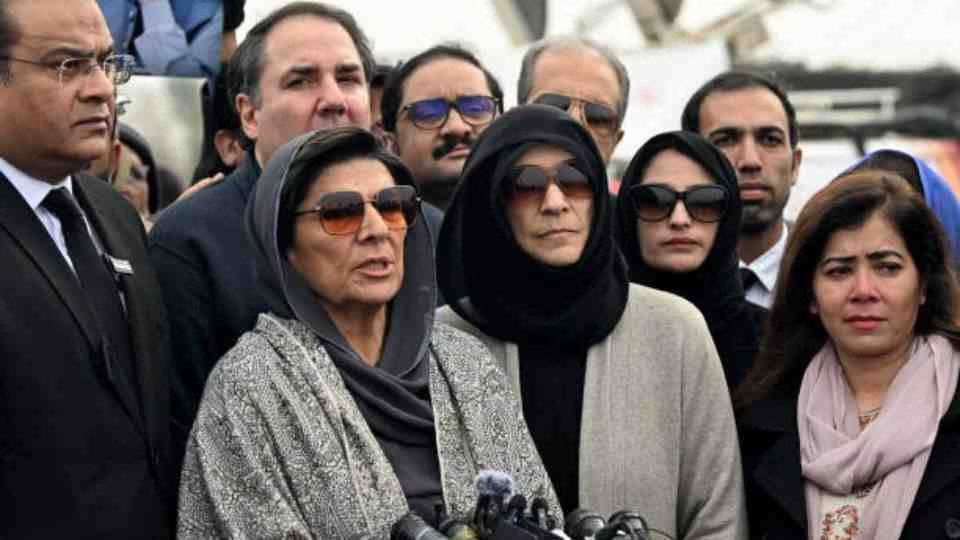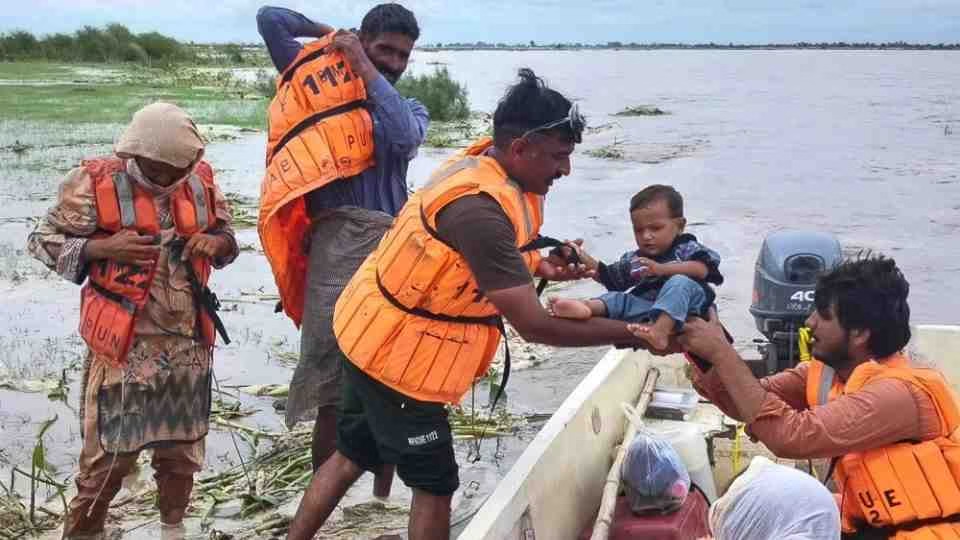Prime Minister Shehbaz Sharif has deployed federal ministers to coordinate relief operations across flood-devastated districts of Khyber Pakhtunkhwa as the death toll from torrential rains and flash floods climbed to 323, with authorities warning of additional heavy rainfall through mid-August.
Crisis by the Numbers
The Provincial Disaster Management Authority (PDMA) confirmed that 323 people have died and 156 others sustained injuries from rain-related incidents and flash floods throughout the province. The casualties include 273 men, 29 women, and 21 children among the fatalities, while the injured comprise 123 men, 23 women, and 10 children.
Property damage has been extensive, with 336 homes affected by the floods—106 completely destroyed and 230 partially damaged. Buner district has borne the heaviest toll, recording 209 deaths, while other severely impacted areas include Swat, Bajaur, Torghar, Mansehra, Shangla, and Battagram.
Weather authorities have issued warnings for continued heavy rainfall between August 17 and 19, with intermittent precipitation expected to persist until August 21.

Federal Government Response
The Prime Minister has assigned specific federal ministers to oversee relief operations in the hardest-hit regions. Federal Minister for Kashmir Affairs and Gilgit-Baltistan Engineer Amir Muqam will supervise activities in Shangla and Buner districts, while the Power Division minister has been tasked with monitoring relief efforts specifically in Buner.
Minister for Religious Affairs Sardar Yousaf will coordinate operations in Mansehra, and Special Assistant to the Prime Minister Mubarak Zeb will oversee relief activities in Bajaur. The Prime Minister has ordered immediate dispatch of additional food supplies, tents, and medical equipment to the worst-affected areas under the federal relief package.
Officials report that supply trucks are being transferred to district administrations for distribution, with the Prime Minister directing the NDMA chairman to maintain continuous communication with provincial disaster management authorities and Gilgit-Baltistan to ensure coordinated response efforts.

Provincial Relief Mobilization
Under directives from the Khyber Pakhtunkhwa Chief Minister, 89 trucks loaded with emergency supplies have been dispatched to affected districts. The relief cargo includes tents, mattresses, bedding, kitchen equipment, tarpaulins, floor mats, mosquito nets, generators, and other essential daily-use items.
The provincial government has allocated Rs800 million in emergency funds to district administrations, with Rs500 million specifically designated for Buner district. Local authorities have received instructions to accelerate relief activities and provide immediate assistance to flood victims.
The PDMA’s emergency operations center remains fully operational, with citizens advised to contact the toll-free helpline 1700 for weather updates, information, or emergency reporting.
Chief Minister’s Field Assessment
Chief Minister Ali Amin Gandapur has conducted extensive visits to flood-affected districts, traveling to Swat following earlier inspections in Buner. During a comprehensive meeting at the Malakand Division Commissioner’s office, Gandapur reviewed flood conditions, rescue operations, and relief distribution with provincial cabinet members including Arshad Ayub Khan, Fazal Hakim Khan, Dr. Amjad Ali, and Chief Secretary Shahab Ali Shah.
Officials briefed the Chief Minister that Mingora city in Swat sustained the most severe flood damage, with ongoing rescue and relief operations accompanied by surveys of destroyed public infrastructure and private property.
Gandapur ordered the deployment of additional machinery from other districts to expedite debris removal and directed immediate completion of damage assessment surveys. He also instructed the prompt disbursement of compensation payments to affected families.
“The provincial government has released Rs3 billion for the Communication and Relief and Rehabilitation departments,” Gandapur announced, emphasizing that food, medicines, and essential supplies are being distributed to victims.
The Chief Minister pledged comprehensive compensation for flood losses, stating, “The provincial government will fully compensate the losses suffered by people in the floods. In the past, promises made to victims were not fulfilled. Our government will prove that the commitments we make will be honored.”
Gandapur announced the formation of a deputy commissioner-led committee to demarcate Swat River water channels in consultation with local representatives using official revenue records, aimed at preventing future casualties and property losses. Regarding proposals to divide Swat into two districts, he indicated that local representatives should reach consensus and present recommendations to the provincial government.
National Disaster Management Response
Lieutenant General Inam Haider Malik, Chairman of the National Disaster Management Authority, confirmed ongoing efforts to restore connectivity in flood-affected areas of Gilgit-Baltistan and Khyber Pakhtunkhwa, where roads and bridges have sustained severe damage.
During a media briefing in Islamabad, Malik stated, “As per the directives of the Prime Minister, a relief consignment will be immediately dispatched to all districts that have experienced significant loss of life and where people have been dislocated from their homes.”
The relief packages will include food rations, medicines, and temporary shelter for displaced populations. Malik reported that the current seventh monsoon spell will continue until August 22, followed by another weather system entering Pakistan on August 23 that will persist through month’s end, with rainfall likely extending into early September.
Infrastructure restoration will commence immediately following the monsoon season’s conclusion, with priority given to communication networks, roads, and bridges essential for maintaining connectivity.
Weather Patterns and Risk Assessment
NDMA officials have developed comprehensive contingency plans identifying high-risk areas across the country. Northeastern regions including Azad Jammu and Kashmir, central Khyber Pakhtunkhwa, and southeastern districts such as Tharparkar, Sujawal, Tando Allah Yar, Tando Muhammad Khan, and Badin are expected to receive the heaviest rainfall.
Meteorological authorities warn that three major weather systems are converging over Pakistan, intensifying ongoing monsoon activity. The most vulnerable regions include northern Pakistan, northeastern Punjab, the Salt Range, southern Punjab, Malakand and Hazara divisions of Khyber Pakhtunkhwa, and central Balochistan.
Military Relief Operations
The Pakistan Army, acting on Field Marshal Asim Munir’s special instructions, has launched extensive rescue and relief operations throughout flood-affected Khyber Pakhtunkhwa districts. Military personnel are distributing food rations in the hardest-hit areas, including Buner, Shangla, and Swat.
Army helicopters have delivered essential supplies including flour, rice, lentils, milk powder, salt, tea, and cooking oil to remote locations such as Khawaza Banda, while providing rations to displaced families in Mingora. Military aircraft are conducting evacuation operations, transporting injured individuals, women, and children from isolated areas to safer locations.
Army medical teams have established field hospitals providing free medical care and medicines to flood victims. The military has committed to “continue this public service mission until the complete rehabilitation of all flood victims is achieved.”
Simultaneously, Pakistan Army Corps of Engineers units are working continuously to reconstruct the Jar Bridge, a critical transportation link between Dir and Bajaur districts that was destroyed by floodwaters. Officials expect the replacement bridge to be completed within days, restoring vital connectivity between the two regions.






